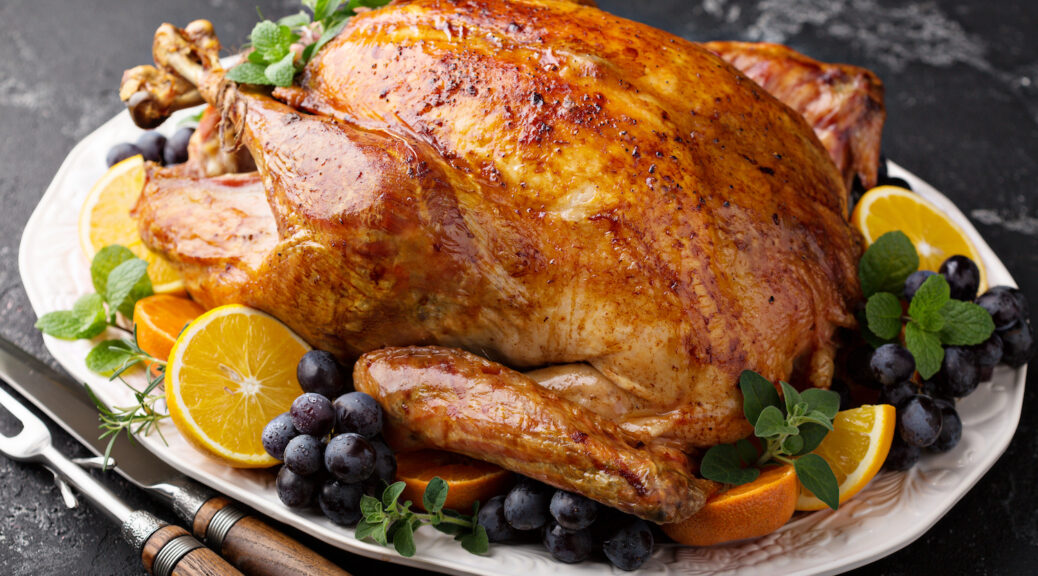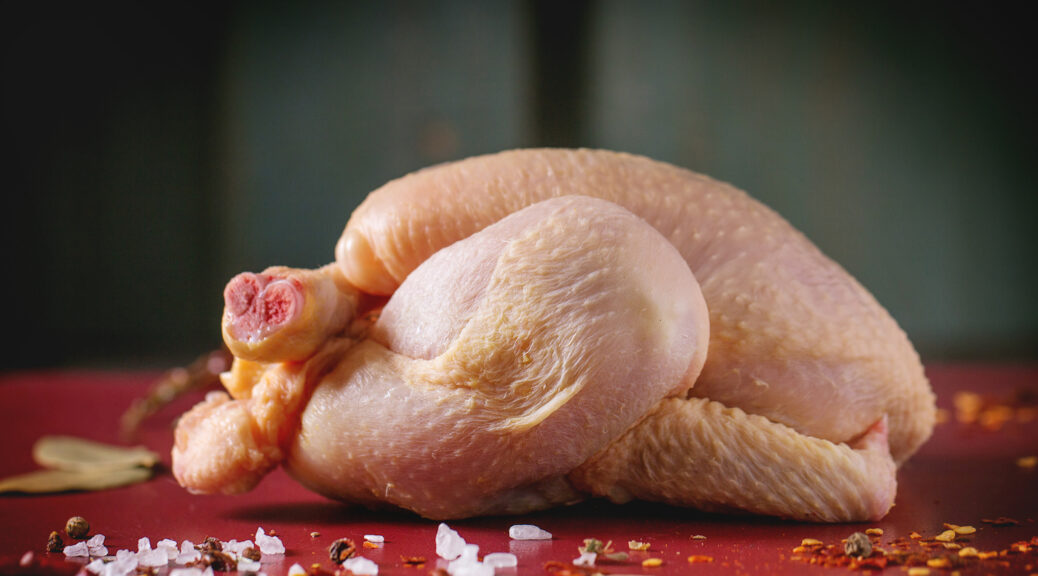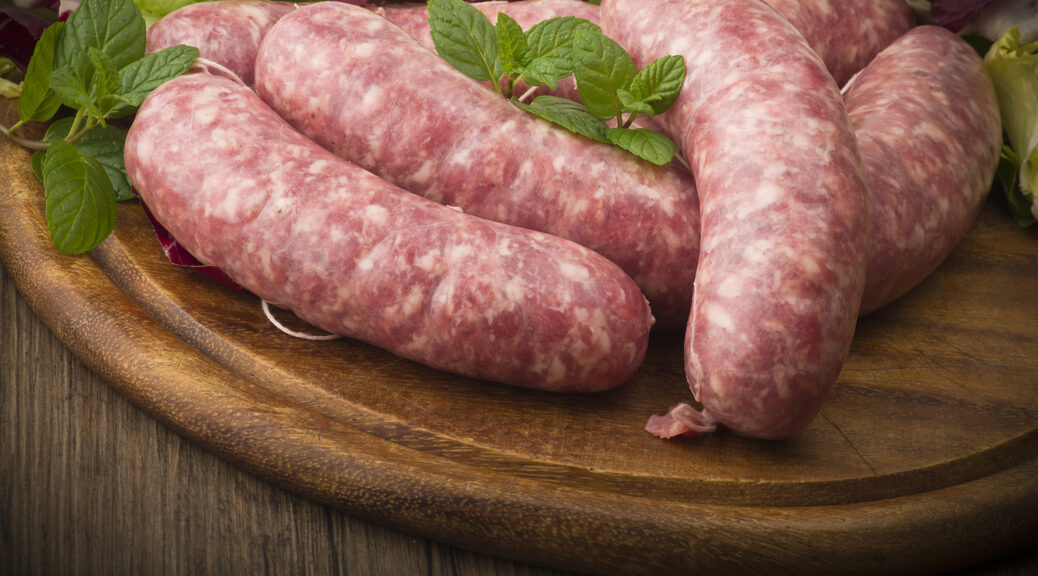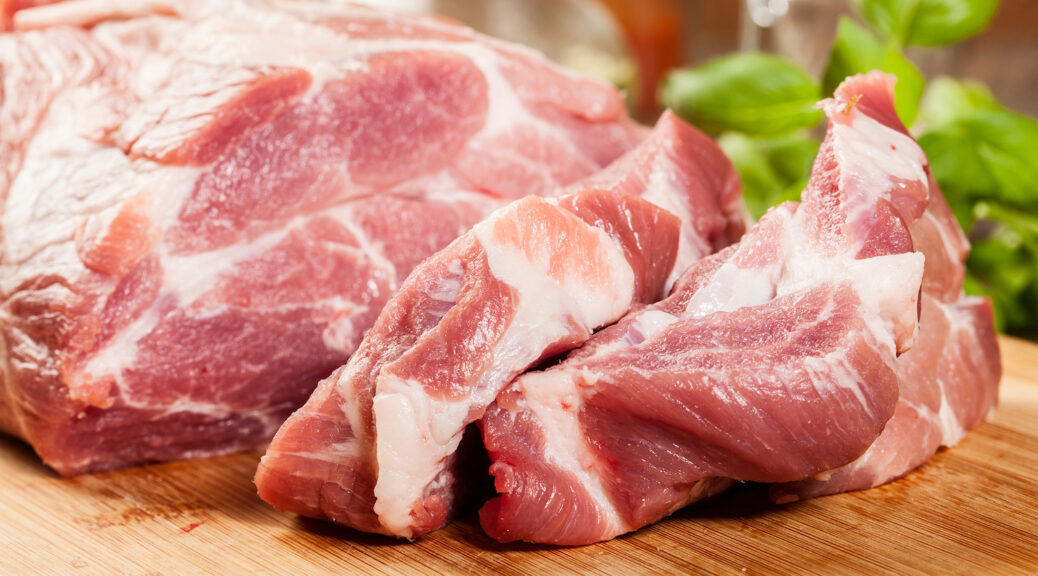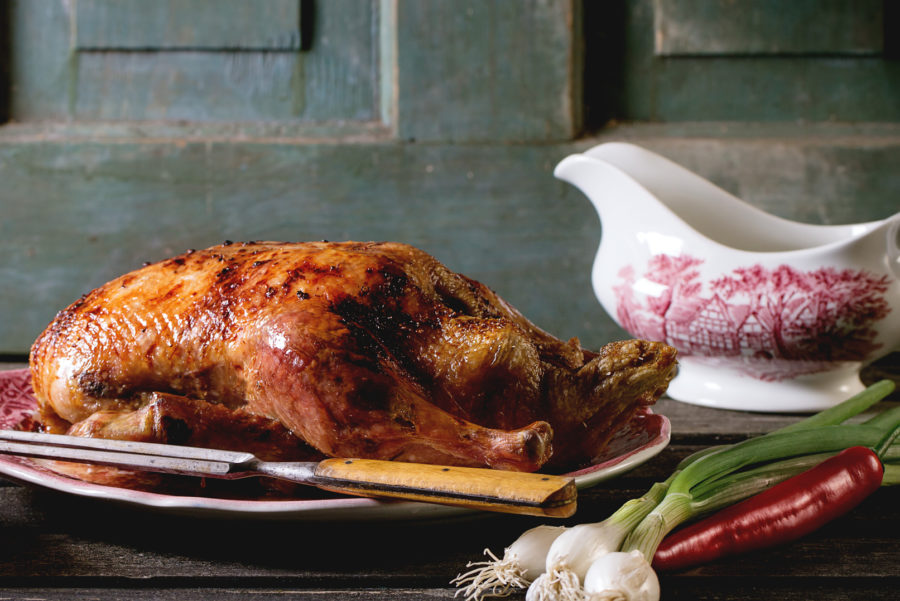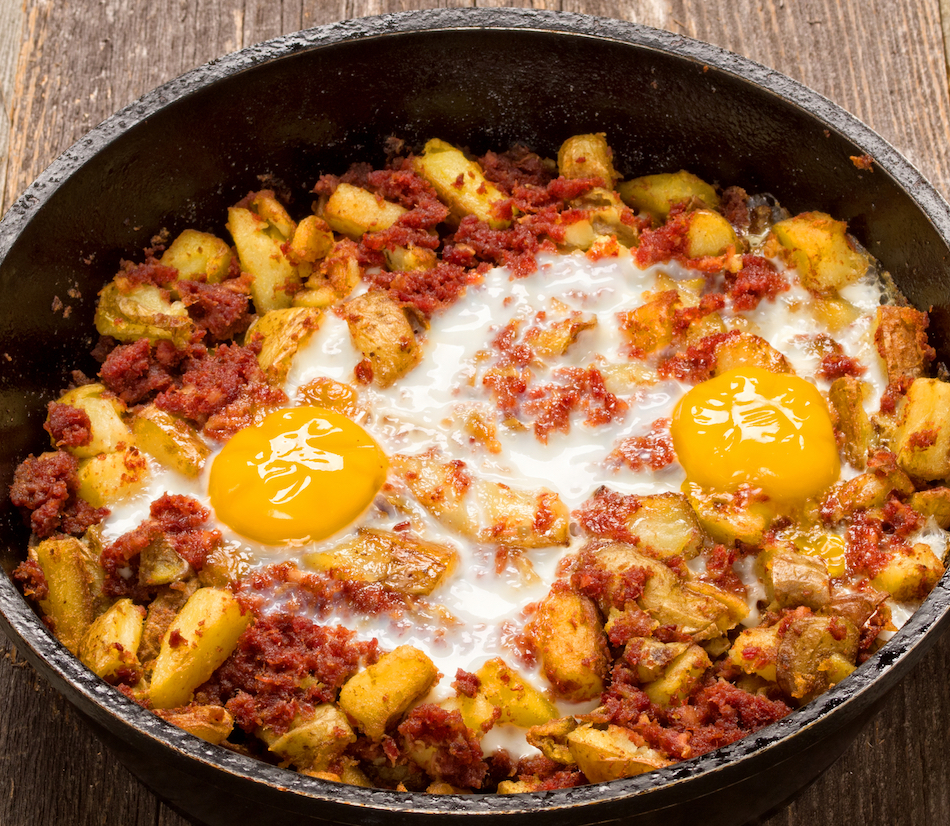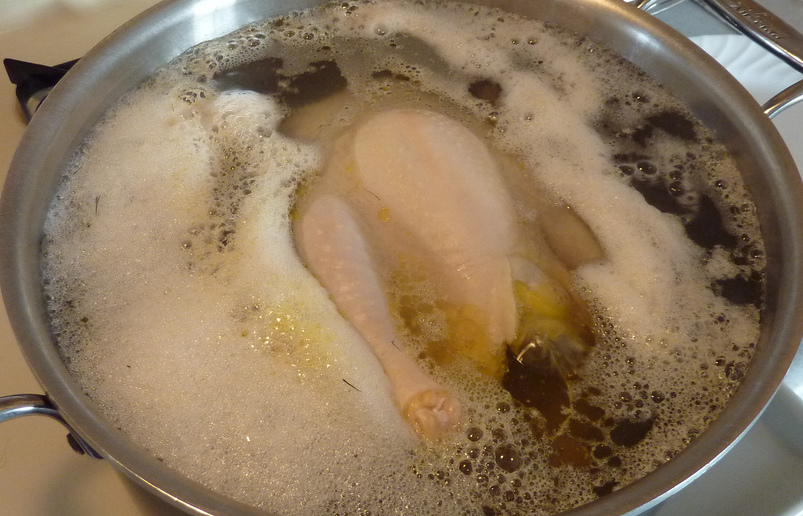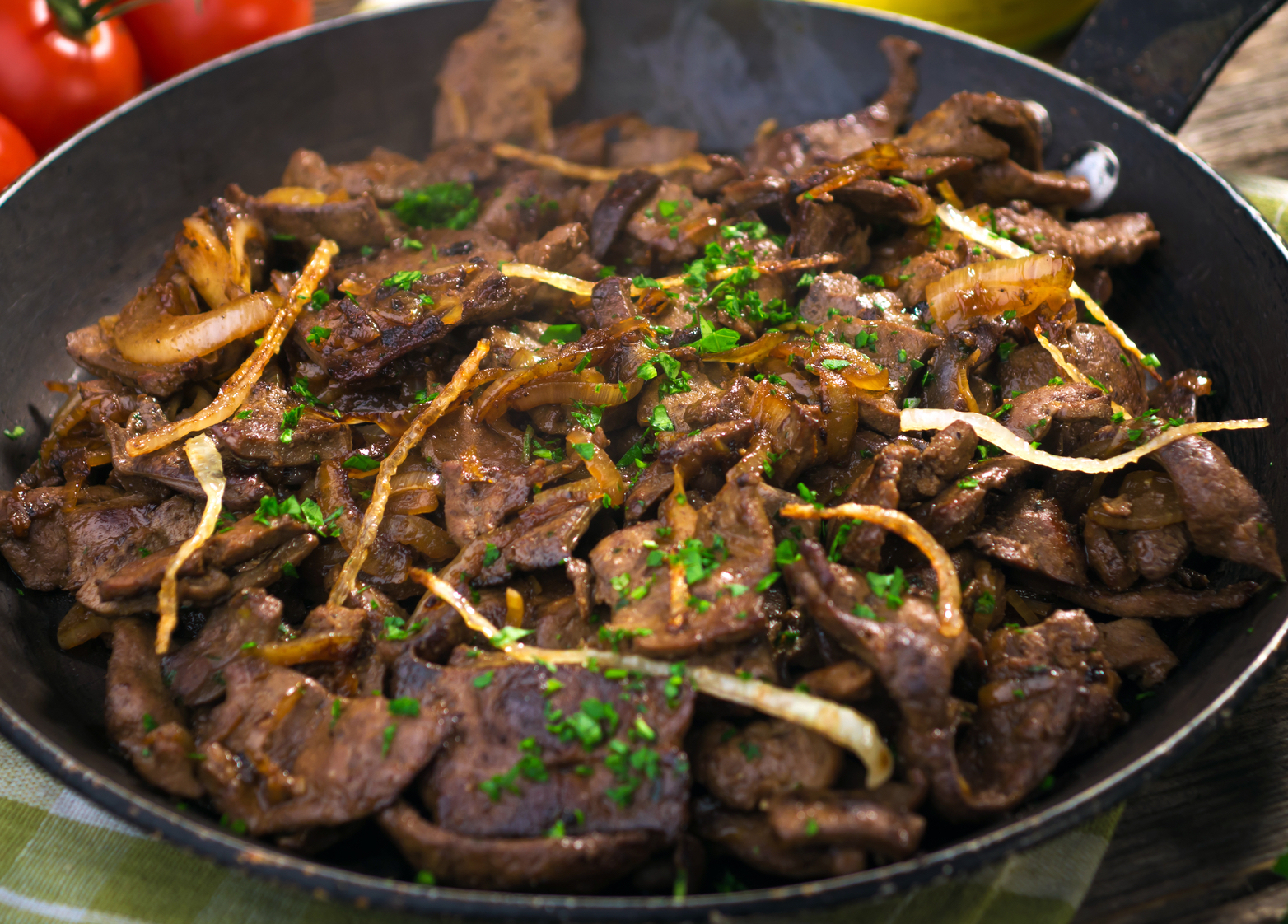Ways to Cook Turkey, Make Gravy and Dressing
When people went to the market to buy poultry in the 1800s, it wasn’t usually already plucked and cleaned. And cooking in a wood burning stove was a challenge. You had to know how long and how hot your wood or coal would burn. Cooking a meal was certainly a challenge! FROM 1800s COOKBOOKS: ROAST TURKEY Select a young turkey. Remove all the feathers carefully, singe it over a burning newspaper on the top of the stove, then draw* it…
